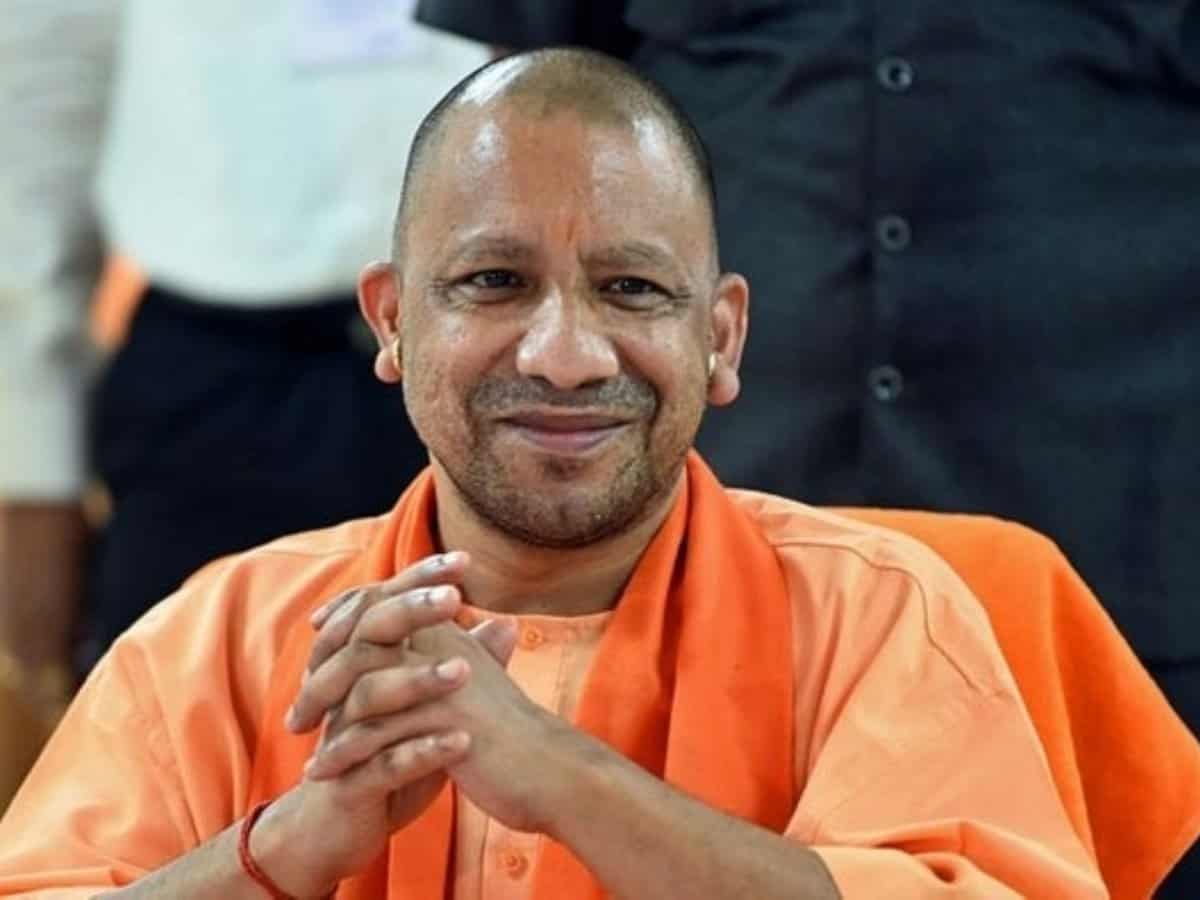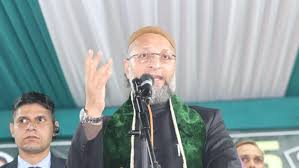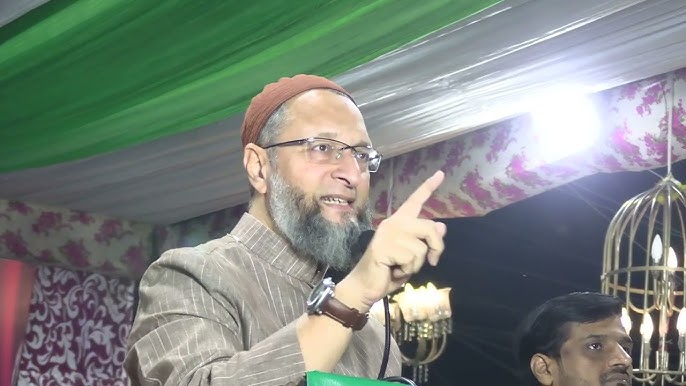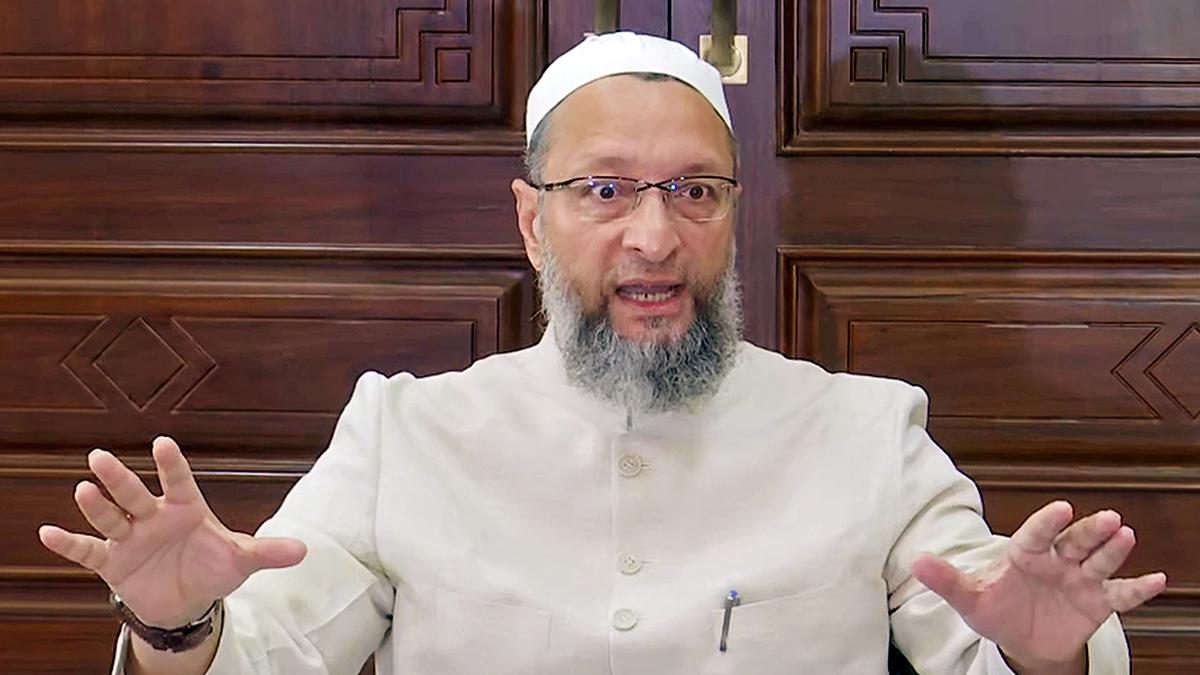CM KCR vows to continue Administrative Reforms
Sat 18 Nov 2017, 10:39:23
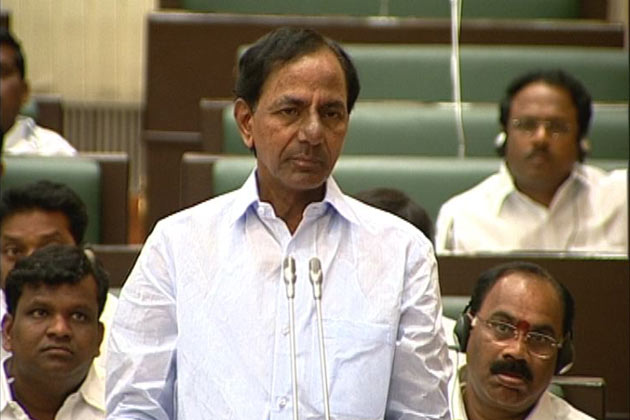
Chief Minister K. Chandrashekhar Rao has expressed his government's resolve to continue administrative reforms in Telangana State to provide better services to the citizens.
Making a statement in Legislative Assembly on Friday, the Chief Minister strongly defended the creation of 21 new districts in the State.
"After the bifurcation of Andhra Pradesh, the State of Telangana has embarked upon comprehensive administrative reforms with a view to fulfill the aspirations and needs of people of all sections in all the regions of the State. Towards this, the State has done a massive district re-organisation. Since independence of India, all the major states with the exception of West Bengal and to a large extent erstwhile Andhra Pradesh have undertaken creation of new districts for effective delivery of services for the citizens," he said.
The Chief Minister said that the average population of a district in Telangana after the bifurcation as per 2011 Census was about 36 lakhs, where as the national average was only 19 lakhs per district. In some of the states like Haryana and Chattisgarh, the average district population is less than 7 lakhs. "In Telangana, there had been long pending demands for creation of new districts. In addition, Telangana has large pockets of agency area and in-accessible backward pockets leading to uneven levels of development.
The districts in Telangana became unwieldy not only in terms of population but also in terms of geographical area which was more than 11,000 Sq KMs on an average. It was against this background and with a view to decentralize the administration and to take administration to the door steps of people, a massive exercise for creation of new districts was undertaken through a broad based consultative process. As a result of this exercise, 21 new districts, 25 new
divisions and 125 new mandals were created," he said and described it as "un-paralleled and unprecedented initiative in the history of post-independence India."
divisions and 125 new mandals were created," he said and described it as "un-paralleled and unprecedented initiative in the history of post-independence India."
KCR said that the creation of new districts necessitated creation of several new establishments at various levels in several departments/ organizations/agencies. The administrative reorganisation has also provided an opportunity to rationalize and streamline the structures and operational units of several departments. For example, in departments like Health and Forest, various functions were controlled by different officials at the district level. The creation of smaller districts has enabled the establishment of one district head enabling an effective and unified single-line administrative structure, he said.
Thus, the flagship programmes of the government like Mission Bhagiratha, Mission Kakatiya, Land Records Updation Programme, distribution of KCR Kits, Kalyana Lakshmi, Shadi Mubarak etc., are being implemented very effectively to greater satisfaction of the people.
It has been the experience that in erstwhile districts of Adilabad or Mahabubnagar for a common man to meet the Collector or any other senior district officer used to be difficult because of distance. After the creation of new districts, common people find it very easy to approach any senior district officer for redressal of their grievances," he claimed.
"The State Government is wholeheartedly committed to take the reform process further. Government is also giving due attention to the need for building modern office infrastructure. Towards this, the State Government has sanctioned 26 integrated district collectarate complexes, 13 integrated district police complexes and 2 police commissionarates with a total outlay of (Rs.962 Crores + Rs.375 Crores) Rs.1337 Crores," he said.
No Comments For This Post, Be first to write a Comment.
Most viewed from Hyderabad
Most viewed from World
AIMIM News
Delhi Assembly polls: Owaisi leads Padyatra in Okhla
Feb 01, 2025
We reject this Waqf Amendment Bill: Asaduddin Owaisi
Jan 30, 2025
Latest Urdu News
Most Viewed
May 26, 2020
Which political party will win the Delhi Assembly polls to be held on Feb 5?
Latest Videos View All
Like Us
Home
About Us
Advertise With Us
All Polls
Epaper Archives
Privacy Policy
Contact Us
Download Etemaad App
© 2025 Etemaad Daily News, All Rights Reserved.

.jpg)
.jpg)
.jpg)
.jpg)
.jpg)
.jpg)
.jpg)
.jpg)
.jpg)
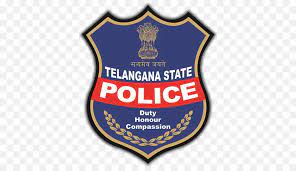



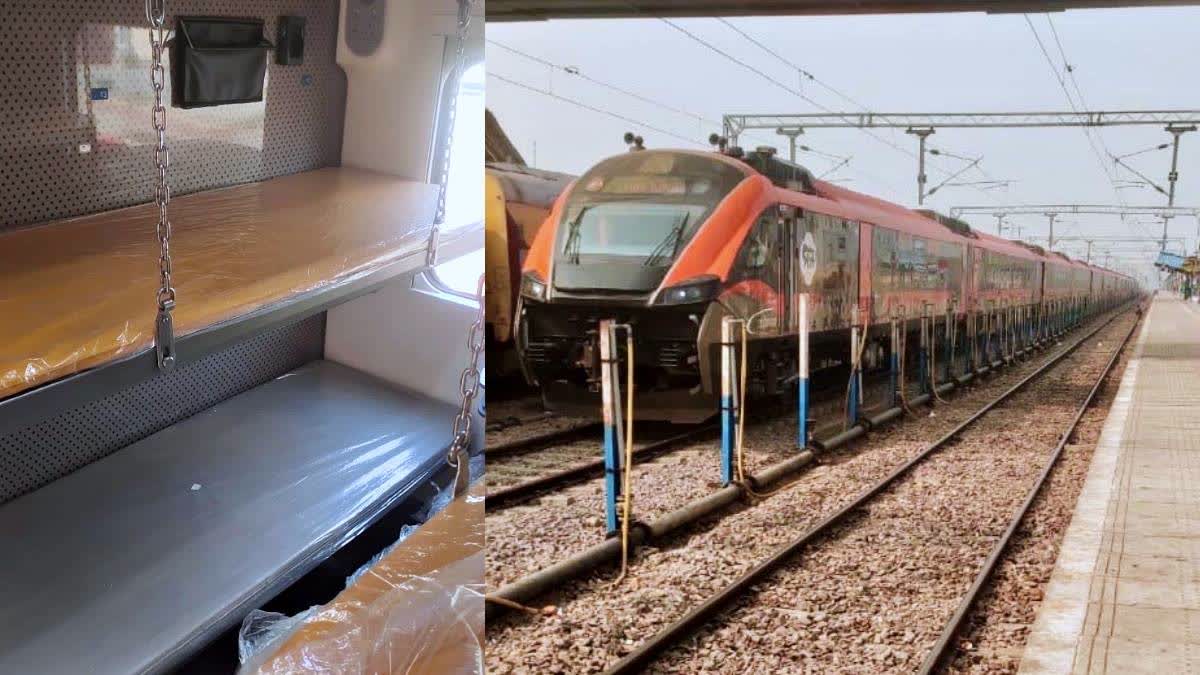
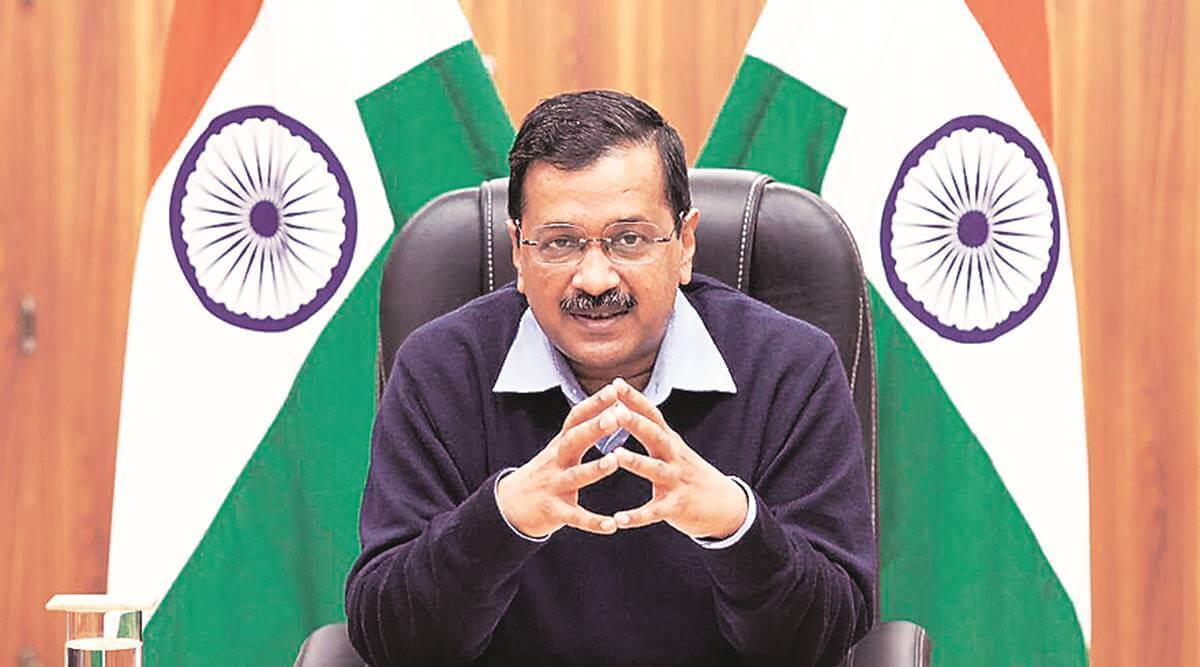
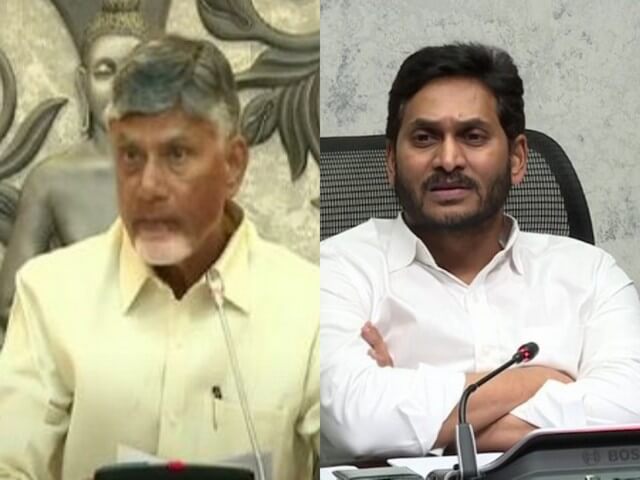
.jpg)
.jpg)
.jpg)
.jpg)
.jpg)
.jpg)
.jpg)
